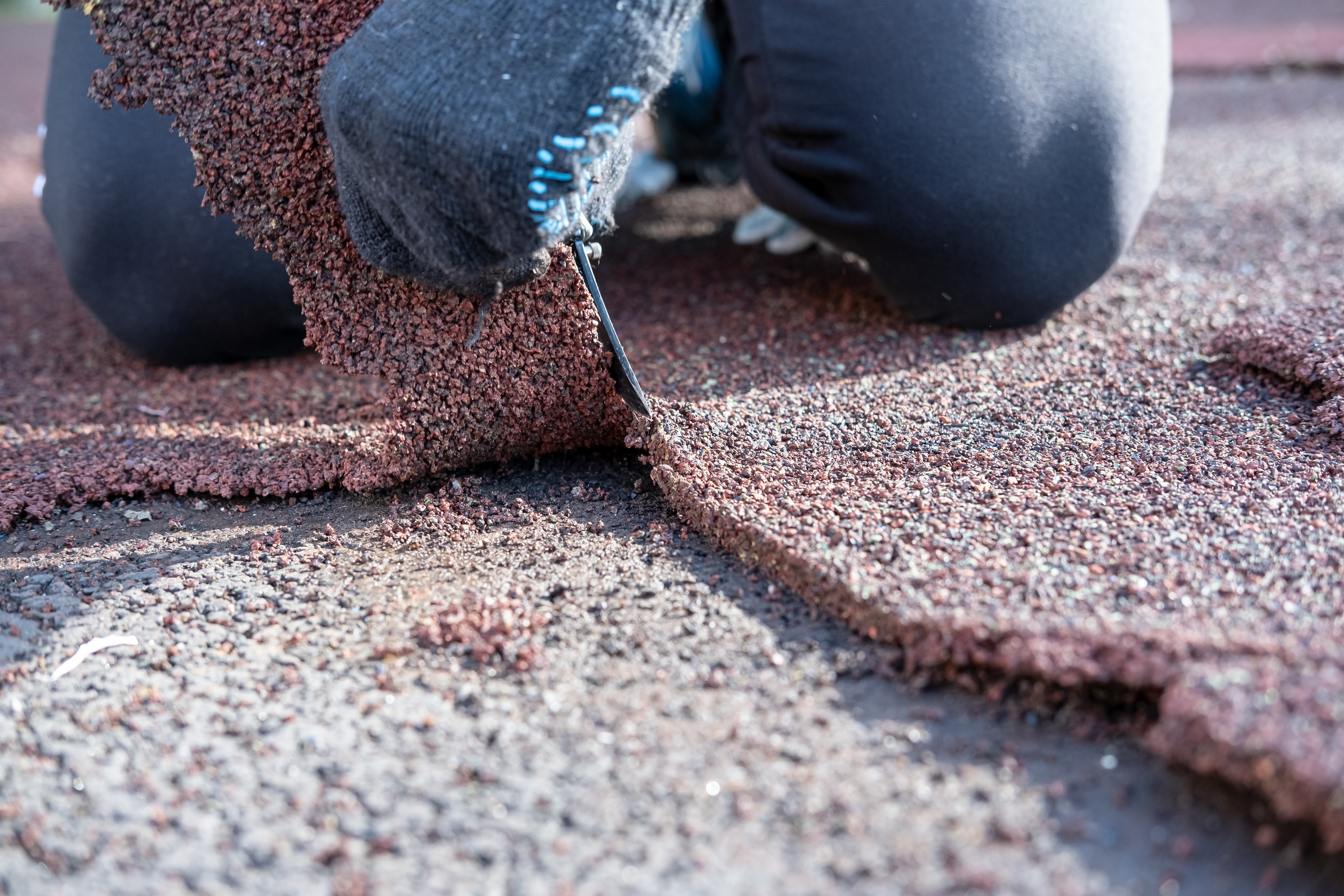Some Known Factual Statements About Diversity And Inclusion Program Houston
The workplace of Student Range, Equity & Incorporation delivers instructions and also sessions to the UHCL community, tailored to give individuals along with the devices and also know-how important for initial involvement along with social compensation. Each shop is fixated the center values of : crucial reasoning, variety, addition, integrity, and also individual and also qualified development.
 Some Known Factual Statements About Diversity And Inclusion Program Houston
Some Known Factual Statements About Diversity And Inclusion Program Houston
Also, our experts more than happy to team up with the necessities of your group to develop a training or seminar that satisfies your special necessities relating to growing a broad lifestyle. Training Demand FormSatisfy make use of this type to ask for any one of our existing study groups for your group. If you require a special session to fulfill the necessities of your group, or are actually unclear which seminar will most ideal fulfill your necessities, satisfy get in touch with.
We will be actually additional than delighted to team up with you. Satisfy take note that all requests should be actually brought in at least 3 full weeks in innovation for us to become capable to accommodate you – antiracism training. What perform our experts indicate when our experts refer to variety and also social compensation? What is a social identity? How and also why carry out identities like sex, nationality, training class, race, and also sexual preference issue? This seminar functions as an initial conversation on how social identities like these shape our knowledge and also communications on campus and also in our communities.
Some Known Factual Statements About Diversity And Inclusion Program Houston
With involvement in this particular shop, individuals will be actually capable to: Identify and also differentiate social and also individual identitiesIncrease awareness of personal, and also the part of social identities in everyday lifestyle Identify the variations and also applications of “Range” “Incorporation” and also “Social Compensation” Sense a lot more equipped to talk along with others regarding variety: 60 minutes What does advantage truly indicate? Perform I have it? What are actually the means the fascism can appear in community? Property on the know-how and also capabilities from the 101 shop, this shop looks into the mechanics of power and also advantage and also gives individuals the option to raise their awareness of personal, others, and also the part of socialization both directly and also societally (antiracism training).
With involvement in this particular shop, individuals will be actually capable to: Describe advantage and also fascism Boost awareness of personal, and also their distance to power and also advantage based upon their social identities Gain a simple understanding of the 4 Iis actually of fascism Gain an understanding of the observing ideas: intersectionality, socialization: 90 minutes How carry out little bit of actions incorporate up to develop much larger systems of fascism? How can small comments and also actions impact people? This shop looks into how our experts can easily use our know-how to bring about change and also develop socially only settings and also actions.
Conclusion of 101: Social Identity and also 102: Energy & Advantage is required to participate in this workshop. With involvement in this particular shop, individuals will be actually capable to: Identify the 4 A’s of Inclusive Mindset and also use them to their lifestyles Describe, pinpoint, disturb, and also take accountability for microaggressions Sense a lot more equipped to disturb oppressive scenarios and also reasoning, inside and also outwardly Boost mindset and also crucial reasoning capabilities in service of generating socially only rooms: 90 minutes War hawk Allies is a devotion made by Pupils, Advisers, and also Workers to make the Educational institution of Houston-Clear Pond (UHCL) an even more broad setting for LGBTQ+ people.
Some Known Factual Statements About Diversity And Inclusion Program Houston
The War hawk Allies Training gives individuals along with information and also sources that will rear awareness and also understanding regarding sexual and also sex identities, homophobia, and also heterosexism. Individuals who participate in a Hawk Allies Instruction and also authorize an Ally deal become an Authorities War hawk Ally of UHCL. Authorities allies belong to a campus-wide network that cooperates the work of generating a secure, broad, and also attesting location for LGBTQ+ Hawks.
Boost awareness of personal. Boost understanding of the LGBTQ+ community at huge and also at UHCL. Start to promote on an institutional and also private level – antiracism training. 4 hrs Comprehensive Language is one capability that supports an affirming and also broad setting. This Comprehensive Language training gives Pupils, Advisers, and also Workers along with information regarding why words our experts make use of are actually crucial and also how our experts can easily better correspond along with a concentrate on variety.
 Some Known Factual Statements About Diversity And Inclusion Program Houston
Some Known Factual Statements About Diversity And Inclusion Program Houston
Identify actions they can easily start, stop, or continue performing to become a lot more broad along with their terms. Feel a lot more equipped to talk along with others regarding diversity. forty five minutes one (1) hr This training is planned to prep student forerunners for generating broad communities, performing culturally modest leadership, and also handling challenging scenarios while implementing functions like: resident assistants, alignment forerunners, student staff, etc..
Some Known Factual Statements About Diversity And Inclusion Program Houston
End results for these turn key instructions will differ relying on the necessities of the group 90+ minutes relying on your necessities.

